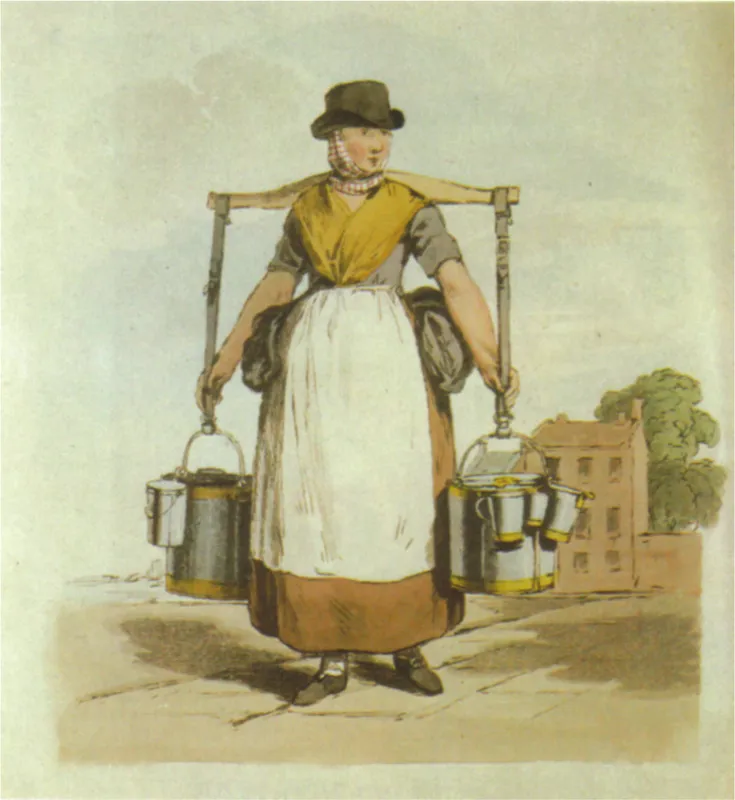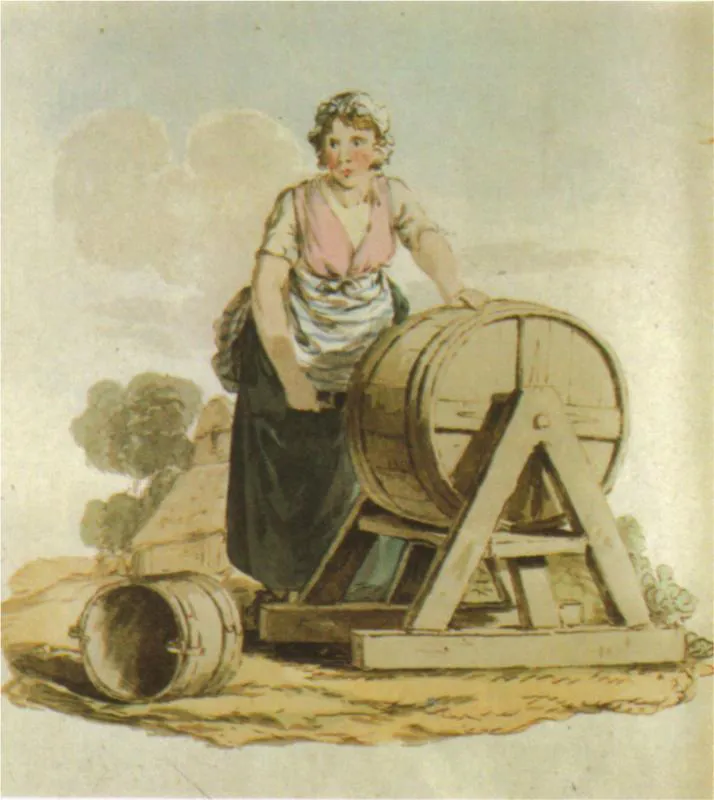1
Human Consumption of Milk From Bovine Cattle
ACCORDING to research at University College London, milk drinking started around 7,500 years ago in central Europe; the ability to digest the milk sugar lactose first evolving in dairy farming communities in this region. The genetic change that enabled these early Europeans to drink milk without getting sick has been mapped to dairy farmers who lived in a region between the central Balkans and central Europe.
Many reasons have been put forward as to why being able to drink fresh milk should be such an advantage. For example, milk can compensate for the lack of sunlight and synthesis of vitamin D in skin at more northern latitudes. Since vitamin D is required for calcium absorption, milk provides a good dietary source of both nutrients. Milk also provides a calorie- and protein-rich food source, which comes in a relatively constant supply compared to the boom-and-bust of seasonal crops; as well as being less contaminated than water supplies.
In its research, the university also goes on to highlight that traces of milk-related fats in archaeological relics pointed to dairying at the onset of farming in England some 6,100 years ago. However, it is most likely that milk was first fermented to make yogurt, butter and cheese; not drunk fresh. The Romans used goat and sheep milk to produce cheese, and cattle as draught animals. However, Germanic and Celtic people practiced cattle dairying and drank fresh milk in significant amounts.
The current distribution of lactase persistence would seem to suggest an origin in Northwest Europe – especially Ireland and Scandinavia – since it is found at its highest frequency there today.
However, as the latest study suggests, dairy farmers carrying this gene variant probably originated in Central Europe and underwent more widespread and rapid population growth than non-dairying groups.
The spread of fresh milk drinking from the Balkans across Europe explains why most European lactase persistent people carry the same version of the gene, surfing on a wave of population expansion that followed the rapid co-evolution of milk tolerance and dairy farming. In Africa, there are four known lactase persistence gene variants and probably more yet to be discovered. Most are likely to originate from that continent, but the European version can also be found there too, especially among the Falani people. This diversity is probably the result of an ‘imposition’ of dairying culture on a pre-existing farming people rather than the natural spread of dairy farmers.
In recent years, there have been a few people who have chosen to condemn the human consumption of fresh milk and milk products. However, it continues to be an important staple food source.
In this book, the author draws on more than 40 years of experience from milking cows by hand while still attending school through to the early days of cattle-breeding by artificial insemination, as well as serving at various levels in the dairy industry across England and Wales.
The author also highlights the effect of the rise and fall of rail transportation of milk over long distances to urban ‘liquid’ markets (milk consumed daily in homes for drinking and cooking), as well as the orderly marketing of milk from farm to market destinations.
Other areas of interest covered within in the book are the change from churn handling of milk to the installation of on-farm refrigeration vats, enabling cooled milk to be collected in insulated road tankers for transportation over long distances to urban milk bottling plants; and the introduction of milk quality payment schemes that rewarded dairy farmers for a good quality product and penalised them where their milk was not of a certain quality standard.
UP until the advent of the railways in the mid-1800s dairy farming was very much a localised enterprise, serving farm workers and the local community with fresh milk and home-produced cheese and butter. In the main, milk was produced from local dual-purpose cattle, with surplus milk fed to calves for the beef trade or the odd pig or two to be killed and salted down for family consumption. Herd size was little more than five or six cows and production methods left much to be desired. Milking cows using a bucket and stool in fields was not uncommon.
Bedding was often a sparse covering of straw, even bracken from local commons or moorland in areas where straw was not readily available. Overnight, udder and teats invariably became contaminated with muck and were very likely not thoroughly washed before milking took place. Strip cups to detect mastitis were unheard of and filtering methods were not up to scratch, thus quality was poor.
In hot weather, souring often took place within 24 hours of production. Farmers started to realise the benefits of cooling milk as soon as possible after milking. Milk containers were sometimes immersed in a water trough overnight, or even in a brook that happened to be running through the farm premises.
To avoid the heat of the sun, dairy buildings were usually constructed on the north-facing side of the farm house. These dairies were well-ventilated through large openings protected by fine metal gauze to prevent flies getting access to milk stored in large open pans, as well as the cream, butter and cheese.
There were a variety of means of getting milk to the consumers. Where dairy farms were situated close to settlements, customers came to the farm to collect their milk. Small delivery milk rounds were done by milkmaids carrying four or five gallons of milk in containers often suspended from a wooden yoke placed across their shoulder; the milk being dispensed in pint or quart containers.
Population increase and rising living standards meant demand for milk became too much for on-foot delivery to householders, so dairy farmers started delivering using a pony and trap. They sold their milk from various size containers, usually 17-gallon tin-lined steel churns. Enterprising dairy farmers’ wives made cheese and butter for sale. In the West Country, clotted cream, cheese and butter were produced and sold in pannier markets in nearby towns. This kind of dairying saw little or no change for many centuries.
The making of clotted cream is quite a simple operation: milk is placed in a shallow pan, usually earthenware, and left in a cool room overnight for the cream to rise to the top. It is then scalded on a cooking range until clotting, left to cool again overnight, then the clotted cream is skimmed off.
Clotted cream has stood the test of time and is the main ingredient in Devon and Cornwall cream teas. It is also readily available through supermarket chains across the country. The resultant skimmed milk was used to fatten a pig or two for home consumption.
DURING the 1700s and 1800s, the population of town and cities increased. For instance, in 1750 there were only two cities in England and Wales – London and Bristol – with a population of more than 50,000 inhabitants. By 1850, however, there was a total population of about 18 million, with 29 cities having a population of more than 50,000 and nine cities having 100,000 inhabitants. Families began to realise the value of milk and dairy products, living standards began to improve and demand for fresh milk increased.
Increasing population and improved living standards meant a greater demand for fresh milk in towns and cities, leading to transporting milk from far-off dairy farms by horse-drawn transport. However, this method was not suitable for transporting raw milk over greater distances to large cities and highly populated industrial towns, as...



